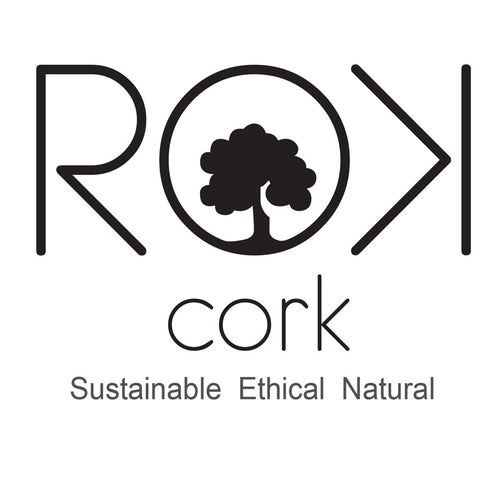Vegan Leather vs Cork Leather - what's the verdict?

Cruelty-free synthetics come with serious environmental costs
We have taken to decipher the myth on what is vegan leather vs cork leather.
When it comes to leather, a vegan faces two choices: wear synthetic or wear none at all. But is synthetic leather, sometimes called vegan leather, really the better option? The answer is complicated.
While it’s easy to understand what vegan leather is not—animal product—understanding what it is can be tricky. Items that qualify as vegan or faux leather can be produced from materials as varied as cork, barkcloth, glazed cotton, waxed cotton, paper, polyvinyl chloride (PVC), and polyurethane. It is those last two materials that are the most common materials used for synthetic leather.
Currently, the most popular alternative to PVC for faux leather is polyurethane. Polyurethane, however, presents its own set of economic and environmental challenges. The chemistry behind it is complicated, which causes the price point to go up, and also creates a wider variation in quality and performance. From an environmental perspective, the main concern with polyurethane-based synthetic leather is that solvents are used. The production process involves painting polyurethane in liquid form onto a fabric backing. Making polyurethane into a liquid requires a solvent, and those can be highly toxic.
Ultimately then, what can give leather an environmental edge is its sustainability. PVC and polyurethane aren’t going to last nearly as long as leather.
The holy grail of sustainability is a closed-loop system. “With leather, nature has created its own sort of closed-loop system,” says Hustvedt. “The carcass of an animal can decay in the ground and nurture plants that are eaten by the next generation of animal.” Faux leather, on the other hand, won’t decay and, is at best, “down recycling,” meaning it can’t be made into another item of faux leather. That would require a complete molecular breakdown in order to then re-manufacture it. Instead, if PVC or polyurethane faux leather is recycled at all, it is usually repurposed as something like a vinyl awning.
For Hustvedt, the real question we should be asking, then, isn’t whether to buy real leather of faux leather, it’s whether to buy anything at all. Accepting that we live in a consumerist age, however, she suggests we at least think beyond simply how the product was made. We must consider its entire lifecycle. “How long will this product last, when will I need to replace it, how will I use it, how long will I use it, and then, when I do dispose of it, what will happen to it?” Certainly a lot more than just, real or fake?

This article is courtesy off: Dr. Hustvedt, S. Christian, E. Fox, KKelly

